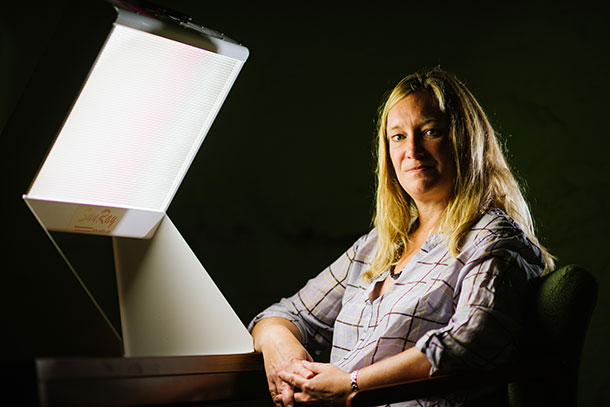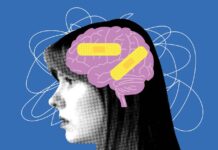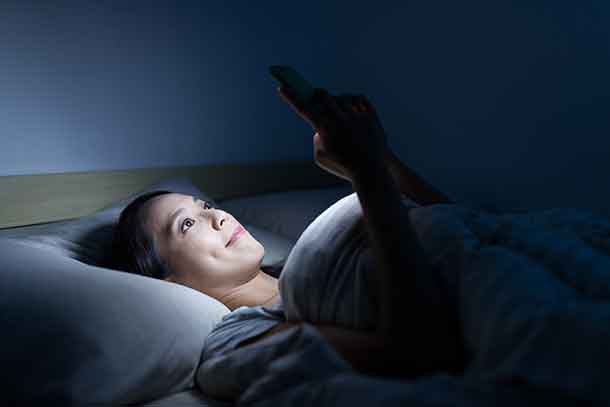

CREDIT: Andy Duback
THUNDER BAY – The “Winter Blues” are a fact of life for many in Northern climates. Shorter days, cold weather that keeps people indoors all contribute to the depression that some feel through the winter.
A new study to be published online November 5 in the American Journal of Psychiatry casts a shadow on light therapy’s status as the gold standard for treating SAD, or seasonal affective disorder.
While the treatment was effective at addressing acute episodes of SAD, a SAD-tailored version of cognitive-behavioral therapy (CBT) was significantly better at preventing relapse in future winters, the study found. Led by University of Vermont psychology professor Kelly Rohan, the research initiative, funded by a $2 million grant from the National Institute of Mental Health, is the first large scale study to examine light therapy’s effectiveness over time.
Over 14 million Americans suffer from SAD, ranging from 1.5 percent of the population in southern states like Florida to over 9 percent in the northern regions of the country. An estimated 10 to 20 percent of all cases of recurrent depression follow a seasonal pattern.
In the study, 177 research subjects were treated with six weeks of either light therapy – timed, daily exposure to bright artificial light of specific wavelengths using a light box – or a special form of CBT that taught them to challenge negative thoughts about dark winter months and resist behaviors, like social isolation, that effect mood.
Two winters after the initial treatment, 46 percent of subjects in the light therapy group reported a recurrence of depression compared with 27 percent of those in the CBT group. Depressive symptoms were also more severe for those in the light therapy group.
“Light therapy is a palliative treatment, like blood pressure medication, that requires you to keep using the treatment for it to be effective,” said Rohan. “Adhering to the light therapy prescription upon waking for 30 minutes to an hour every day for up to five months in dark states can be burdensome,” she said.
The study showed that, by the second winter, only 30 percent of light therapy subjects were still using the equipment.
Cognitive-behavior therapy, by contrast, is a preventive treatment, Rohan said. Once SAD sufferers learn its basic skills it has enduring impact, giving the person a sense of control over their symptoms.
A companion study Rohan published in the American Journal of Psychiatry in September showed that light therapy and CBT were both highly effective in treating SAD during the winter they were administered, with no statistically significant differences between the two approaches.
“The degree of improvement was substantial,” Rohan said. “Both treatments showed large, clinically significant improvements in depressive symptoms over six weeks in the winter.”
But given the difficulty in persisting with light therapy and large number of Americans suffering from the recurrent disorder, CBT may be the better treatment option in the long term, Rohan said.
For the study, research subjects were started at 30 minutes of light therapy each morning at home, and the duration was subsequently adjusted to maximize response and reduce side effects over six weeks. Light therapy subjects were instructed to continue daily exposure at home until spring and were offered access to a light box again the next winter. A second group of subjects received cognitive-behavioral therapy during two 50-minute sessions per week for six weeks.
In the first winter after the initial treatment, the two treatment groups reported comparable relief from seasonal depression.





